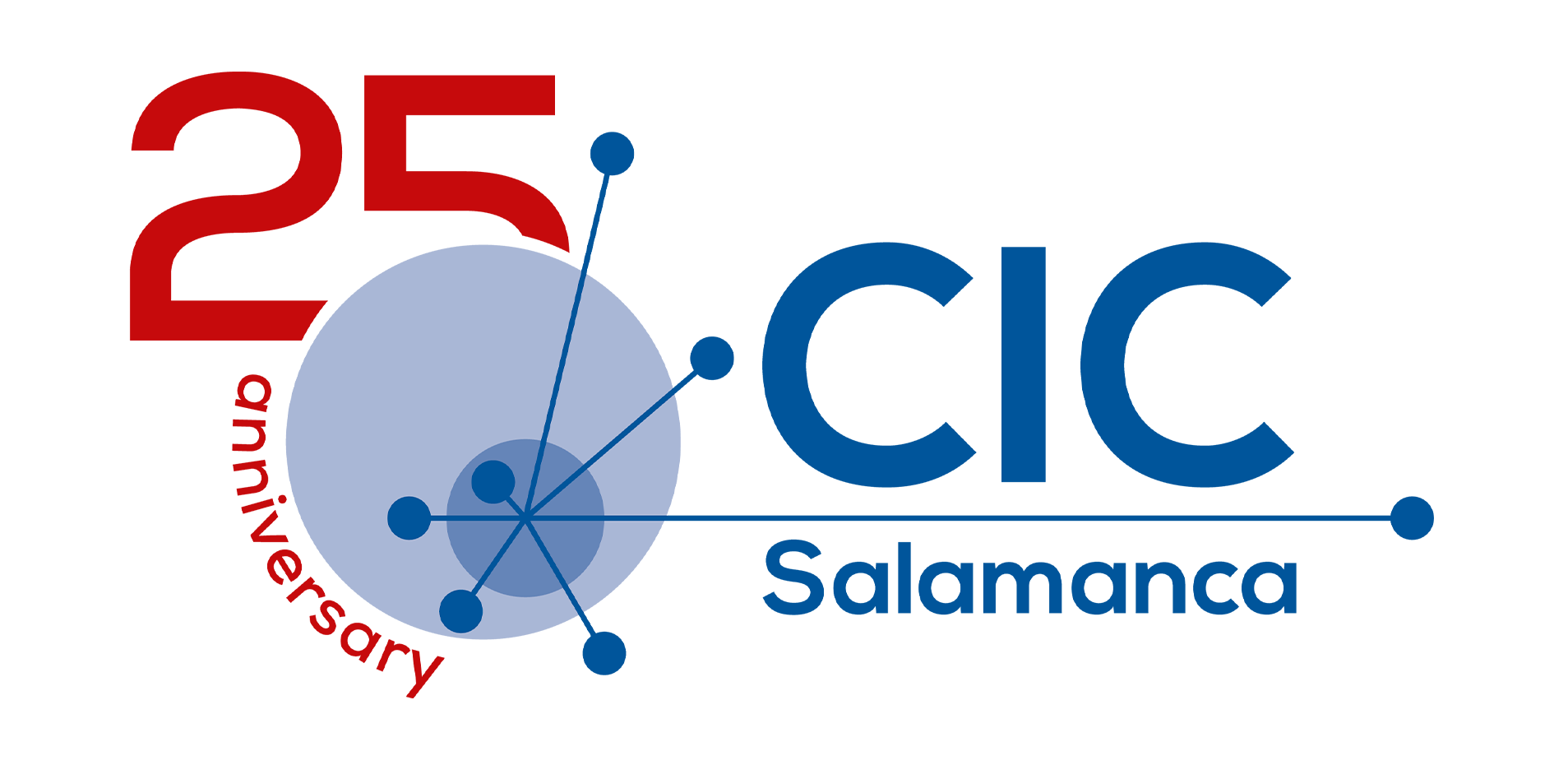Rational engineering of a bacteria for human lung therapy

Luis Serrano
CRG. Barcelona
The rapid advancement of synthetic and systems biology, driven by the genomic revolution, has unveiled new opportunities for harnessing microorganisms as a natural resource. Live biotherapeutics (LBs) represent a promising approach, involving the utilization of live microorganisms for the treatment, alleviation, or prevention of human diseases or conditions, including viruses and bacteria. The growing interest of the scientific community lies their capacity to adapt to the environment and synthesize multiple therapeutic agents on-site, resulting in diminished dosage requirements, fewer adverse effects, and lower production costs. Two distinct fields have emerged: one focusing on modifying bacterial communities locally to treat specific diseases (e.g., using skin bacteria for atopic dermatitis treatment), while the other capitalizes on mounting evidence supporting the relationship between the gut microbiome and other organ's function, known as the gut-organ axes. Here I will present the work we have done over the years to develop a genome reduced bacteria that causes mild pneumonia in humans as a lung therapeutic agent (Mycochassis). Mycochassis is non pathogenic in mouse and pigs, thanks to the lack of a cell wall it can secreted folded cytoquines chemoquines, nanobodies, enzymes and scFVs and has shown to have therapeutic effect in Lung infection and inflammation. By combining protein engineering with Mycochassis, we could optimize the bacterial dose to achieve maximum biological response.

